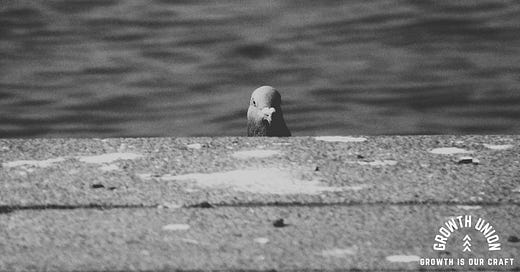What happens when you pause branded search campaigns?
Let’s be honest, I always felt branded search wasn’t truly incremental.
If someone’s typing your company name into Google, the intent is already there. They’ve already decided you’re the one. You’ve won their brainshare. So whether or not you’re running branded ads, they’re still coming for you—right?
That was always my gut instinct. That those clicks (and leads) would just flow into direct or organic if we weren’t paying for them.
But gut feelings don’t get much love in attribution models.
I never had the hard data to back it up… until now.
One of our clients was spending $120,000/month on paid search, with about 20% of that ($24K/month) going to branded keywords. So we ran a clean 90-day test in Q1.
No branded Google Ads. No name-based keywords. Zero brand protection.
Here’s what we saw:
Pre-test monthly average (with branded spend):
• Branded search: 200 leads/month
• Direct traffic: 312 leads/month
• Organic traffic: 148 leads/month
• Total: 660 leads/month
During the test (branded spend off):
Month 1
• Direct: 326
• Organic: 271
• Total: 597 leads
Month 2
• Direct: 339
• Organic: 296
• Total: 635 leads
Month 3
• Direct: 342
• Organic: 314
• Total: 656 leads
Post-test monthly average (brand off):
• Direct: 336 leads/month
• Organic: 294 leads/month
• Total: 630 leads/month
> Drop of 30 leads/month from baseline (~4.6% decrease)
> $72,000 saved over three months
> Organic became the new top driver
> Lead quality + opp conversion rate remained consistent
What we learned:
> Branded demand didn’t vanish—it just shifted.
> The majority flowed into organic search.
> Buyers still searched the brand, just clicked the unpaid result instead of the ad.
Takeaway:
If your SEO is strong and your brand is well known, you might not need to spend big protecting your name.
In this case:
• We kept 95.4% of total lead volume
• Spent $72K less
• And proved branded search wasn’t as “untouchable” as it looked in attribution reports
The reason I think we didn't see a 100% match is the brand campaigns were previously driving to a landing page 100% optimized for conversions, natural we would see a drop when folks hit the homepage.
The real win?
That $72K didn’t just vanish from the budget. It got redeployed into channels that actually move the needle.
Instead of defending clicks from people who were already sold, the client shifted those dollars into campaigns targeting category-level terms, problem-aware buyers, and high-intent bottom-funnel prospects who hadn’t yet picked a solution.
That’s where real growth happens, not just protecting demand, but expanding it.
Thanks for reading,
Adam




Great lessons learned here!